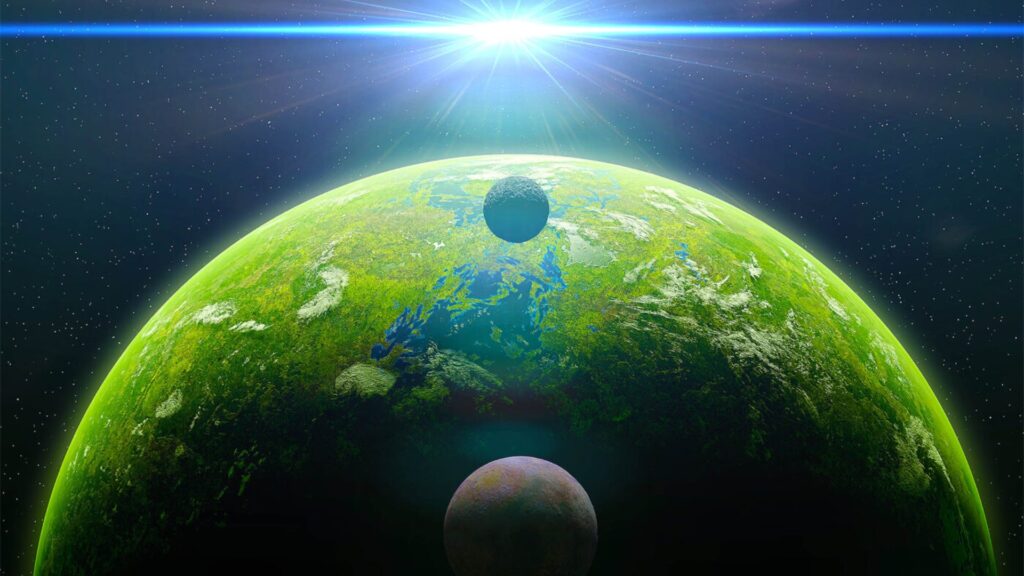
In a monumental stride for astrophysics and the quest for extraterrestrial life, NASA has unveiled the discovery of an Earth-like exoplanet, designated K2-18 b, situated approximately 120 light-years from Earth in the constellation Leo. This exoplanet has garnered significant attention due to the detection of carbon-bearing molecules, including methane and carbon dioxide, in its atmosphere, suggesting the potential presence of liquid water oceans beneath a hydrogen-rich atmosphere. The revelation has ignited discussions within the scientific community regarding the planet’s capacity to support life, marking a pivotal moment in the ongoing exploration of habitable worlds beyond our solar system.
Discovery and Significance
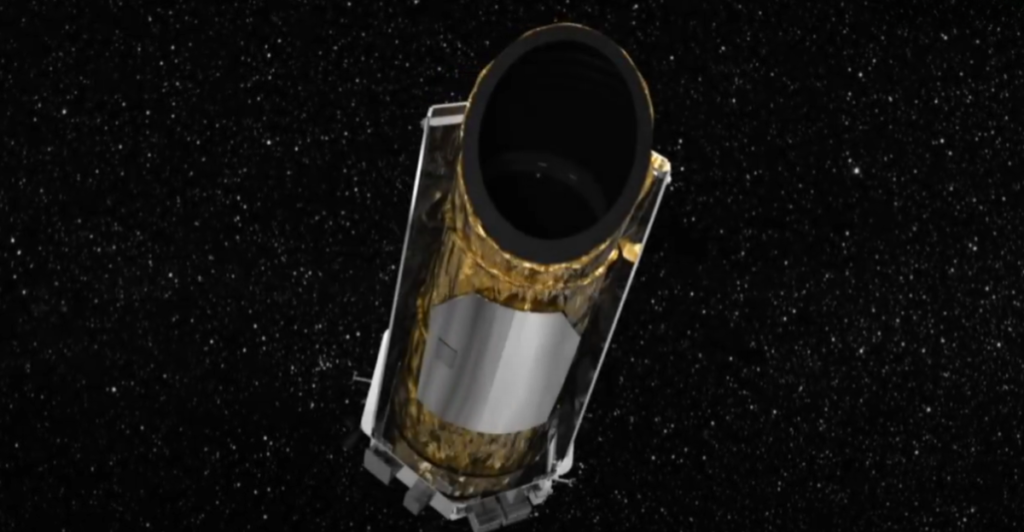
K2-18 b was initially identified by NASA’s Kepler Space Telescope and has since been the subject of extensive study. Recent observations utilizing the James Webb Space Telescope have provided compelling evidence of carbon-bearing molecules in its atmosphere. The presence of these molecules is indicative of potential biological processes, positioning K2-18 b as a prime candidate in the search for life-sustaining planets.
Characteristics of K2-18 b

Classified as a “Hycean” exoplanet—a term denoting planets with hydrogen-rich atmospheres and vast water-covered surfaces—K2-18 b is approximately 8.6 times more massive than Earth. Its substantial size suggests a dense atmosphere capable of maintaining surface temperatures conducive to liquid water, a critical ingredient for life as we understand it.
The Habitable Zone and Its Implications
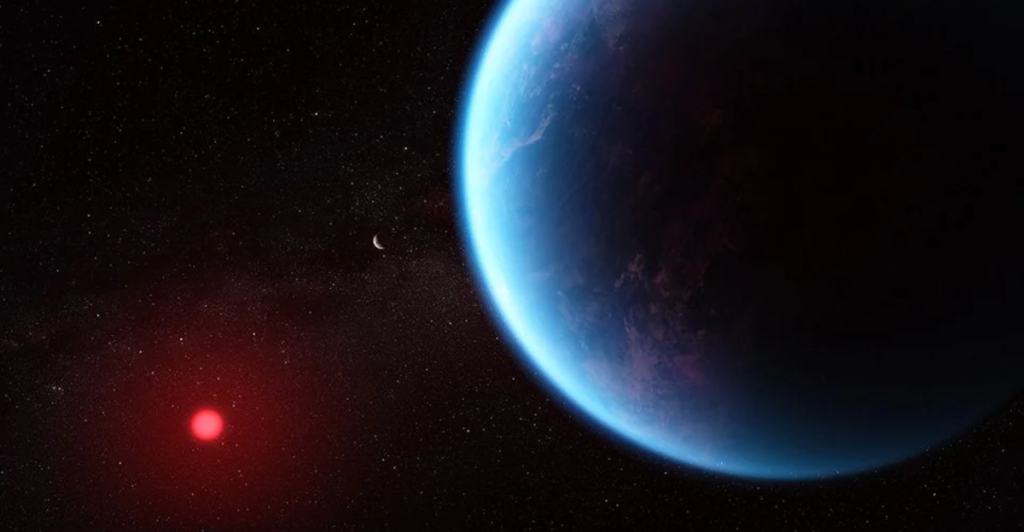
K2-18 b resides within the habitable zone of its host star, the region where conditions are just right for liquid water to exist. This positioning is crucial, as it allows for the possibility of stable oceans, which are essential for the development and sustenance of life.
Atmospheric Composition and Potential for Life
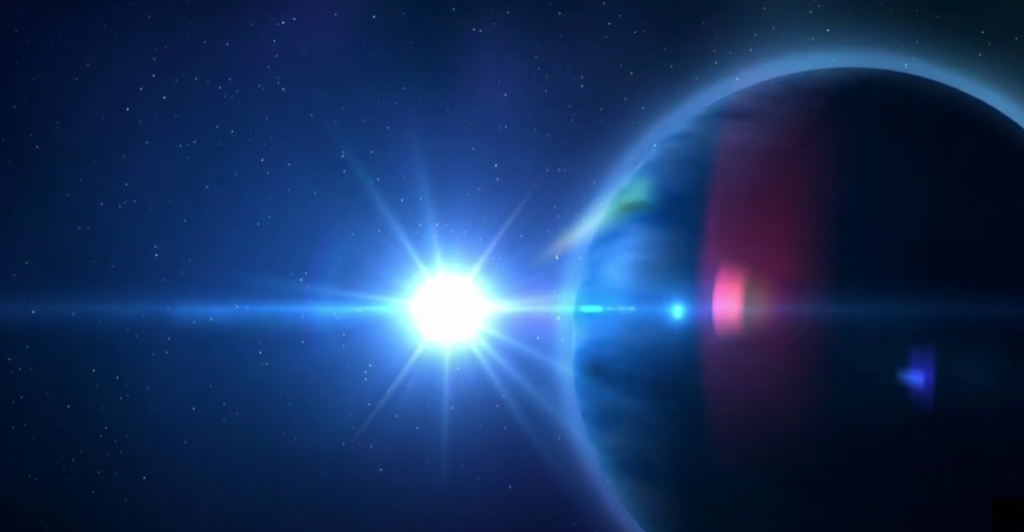
The detection of methane and carbon dioxide in K2-18 b’s atmosphere is particularly intriguing to astrobiologists. On Earth, methane is predominantly produced by biological processes, and its presence, alongside carbon dioxide, could suggest similar processes occurring on K2-18 b. However, alternative abiotic processes could also account for these findings, necessitating further investigation to determine their origin.
Comparisons to Other Exoplanet Discoveries
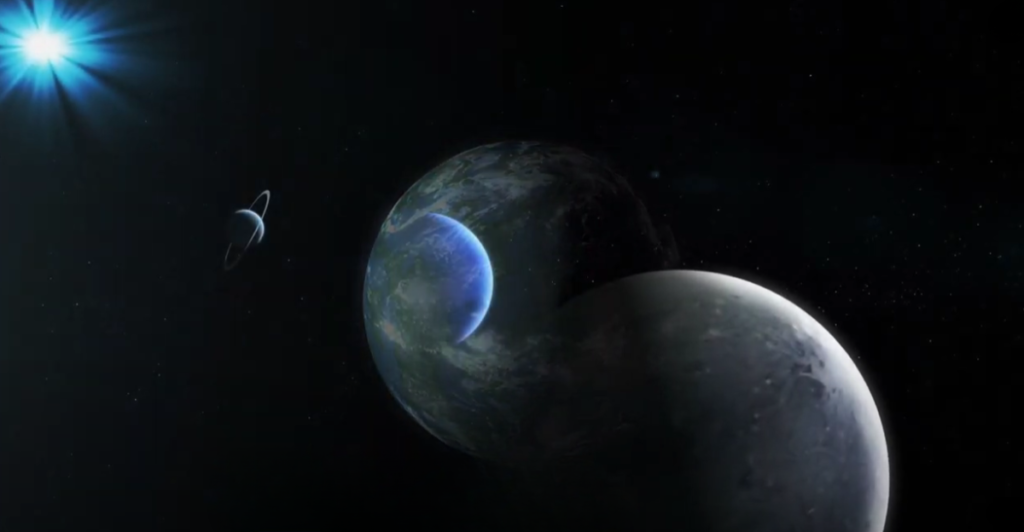
K2-18 b’s discovery adds to a growing list of exoplanets identified within their stars’ habitable zones. Notably, the TRAPPIST-1 system contains multiple Earth-sized planets within its habitable zone, and NASA’s Transiting Exoplanet Survey Satellite (TESS) has identified several other candidates. However, the specific atmospheric composition of K2-18 b distinguishes it from these other discoveries, highlighting the diversity of potentially habitable exoplanets.
Technological Advancements Facilitating Discoveries
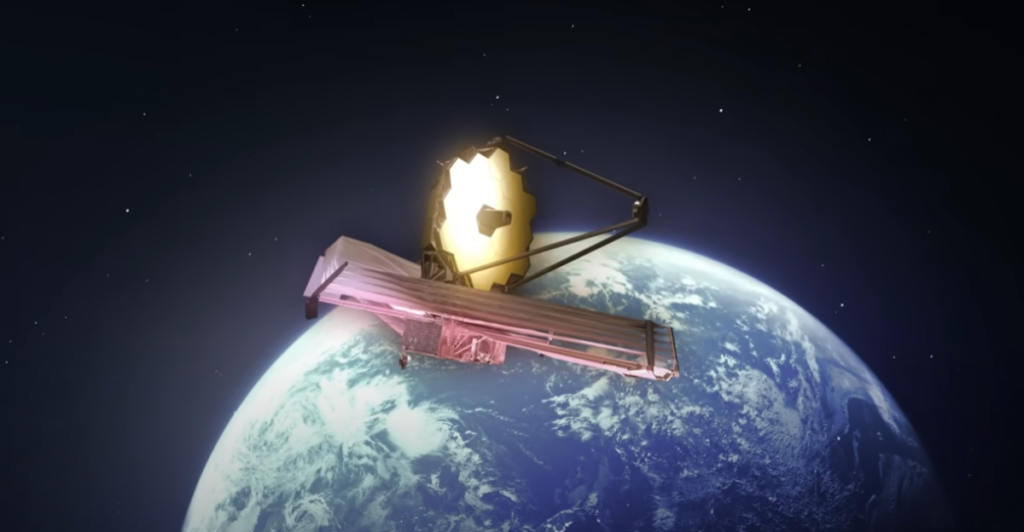
The identification of K2-18 b’s atmospheric components was made possible by the advanced capabilities of the James Webb Space Telescope. Its precision instruments allow for detailed analysis of exoplanet atmospheres, enabling scientists to detect molecular signatures that were previously undetectable. This technological leap represents a significant advancement in exoplanetary science and the search for life beyond Earth.
Challenges in Confirming Habitability
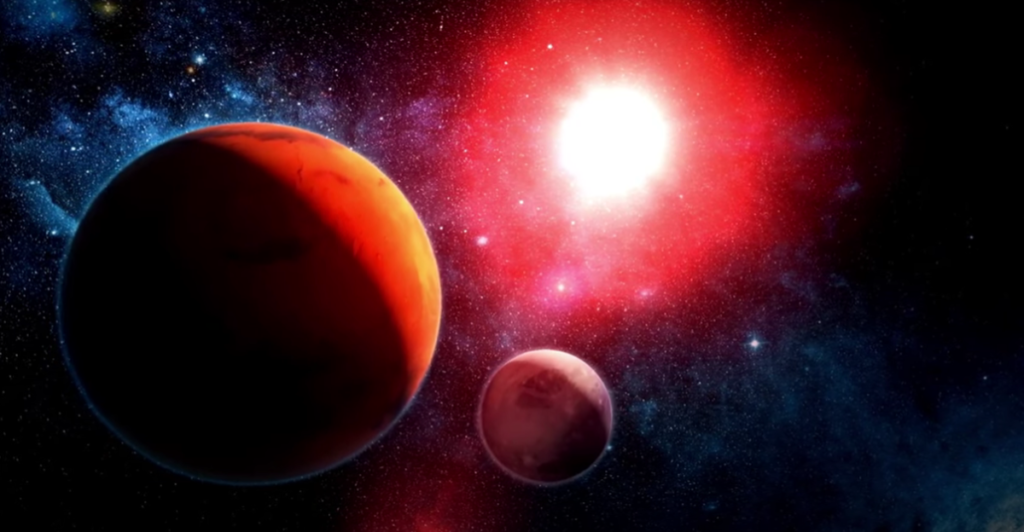
Despite the promising indicators, several challenges remain in confirming K2-18 b’s habitability. The planet’s substantial mass and resulting gravitational forces could affect atmospheric retention and composition. Additionally, the potential for high levels of stellar radiation from its host star may impact atmospheric stability and surface conditions. These factors necessitate comprehensive modeling and further observational studies to assess the planet’s true habitability.
Future Missions and Research
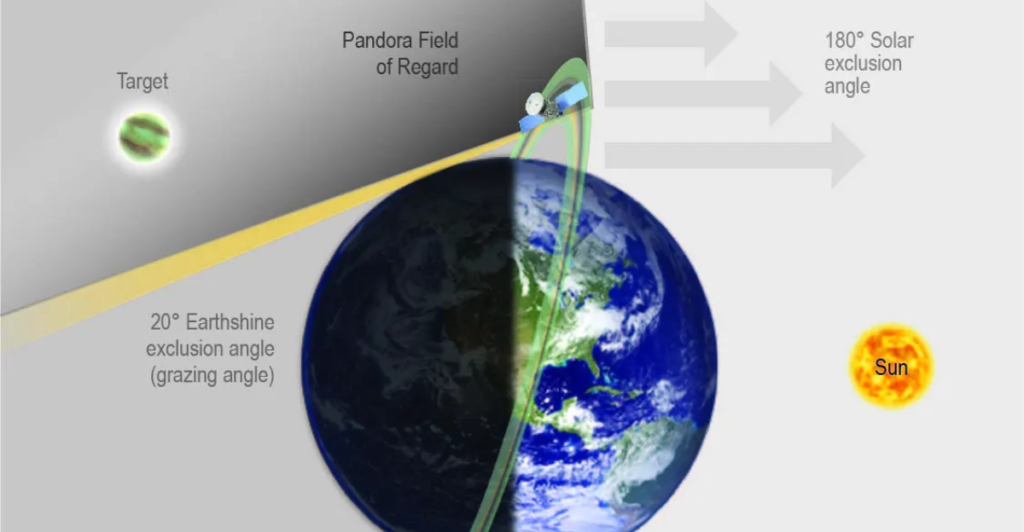
NASA and other space agencies are planning future missions to further investigate exoplanets like K2-18 b. The upcoming Pandora mission, set to launch in 2025, aims to study the atmospheres of 20 exoplanets, providing deeper insights into their compositions and potential for supporting life. These missions will build upon current findings, employing next-generation technologies to explore these distant worlds.
The Role of International Collaboration
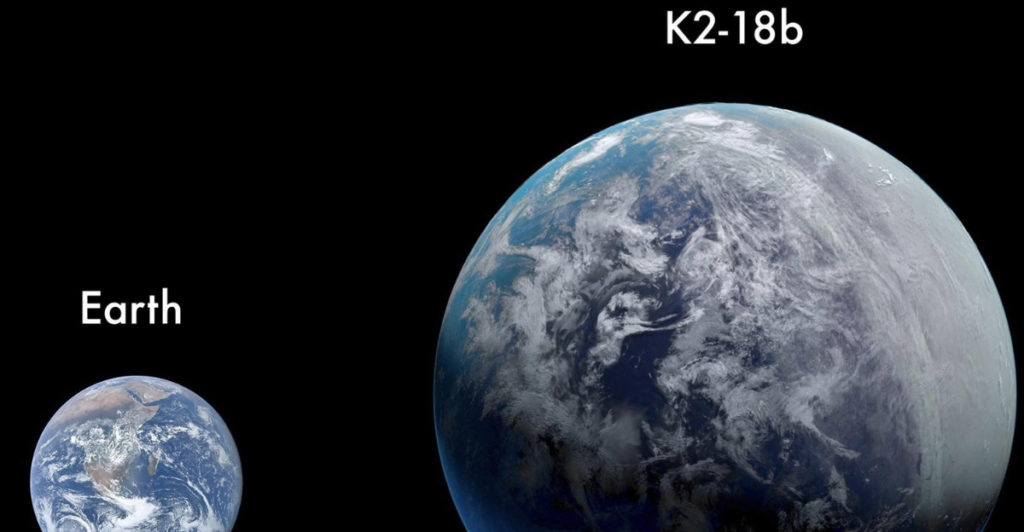
The discovery and study of K2-18 b exemplify the importance of international collaboration in space exploration. Researchers from various institutions worldwide have contributed to the analysis and interpretation of data, fostering a global effort to understand our place in the universe. Such collaborations enhance the collective scientific knowledge and drive innovation in the field.
Public Engagement and Interest
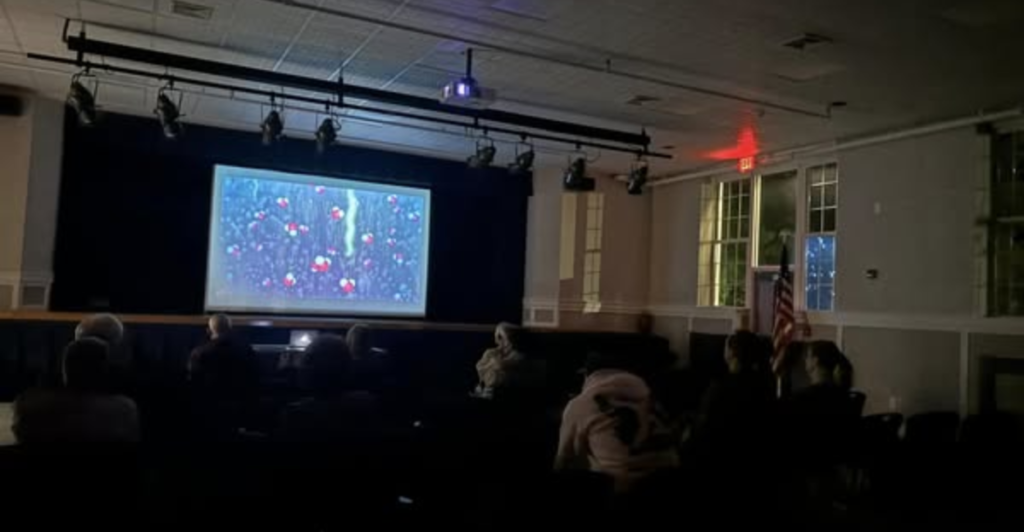
The announcement of K2-18 b’s potential habitability has captured the public’s imagination, reigniting interest in the search for extraterrestrial life. Public engagement initiatives, including educational programs and interactive platforms, have been launched to share these findings with a broader audience, inspiring future generations of scientists and explorers.
Ethical Considerations in Exoplanet Exploration
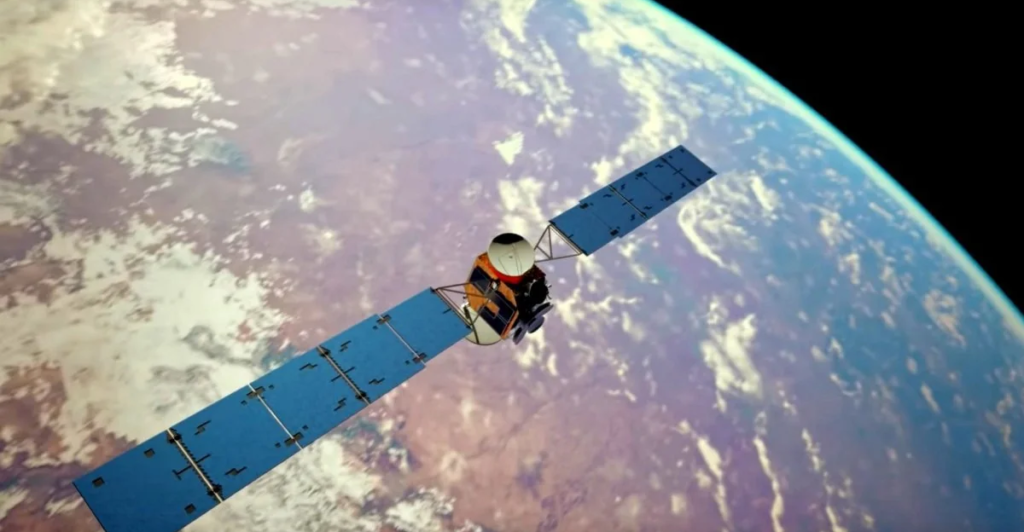
As we advance in our ability to detect and potentially reach habitable exoplanets, ethical considerations emerge. The prospect of contacting or contaminating extraterrestrial ecosystems raises questions about humanity’s responsibility in preserving the natural state of other worlds. Establishing international guidelines and policies will be essential as exploration progresses.
We Are Not Alone

The discovery of K2-18 b, an Earth-like exoplanet with potential oceans and a complex atmosphere, marks a significant milestone in the quest to find life beyond our planet. While the presence of methane and carbon dioxide in its atmosphere is compelling, further research is necessary to determine the true nature of these findings. Advancements in technology and international collaboration will continue to play pivotal roles in unraveling the mysteries of such distant worlds. As we stand on the cusp of potentially answering one of humanity’s most profound questions—are we alone in the universe?
Discover more of our trending stories and follow us to keep them appearing in your feed

California Is Breaking Apart: A Fault Line Is Forming Faster Than Anyone Predicted
There Will Be Eruptions: Concerns Mount as Yellowstone Supervolcano Activity Shifts
The War on Cows Is Over—And Green Extremists Have Lost
Wolves Still Roam In These States in 2024—Is Yours On The List?
This article first appeared here
Stay connected with us for more stories like this! Follow us to get the latest updates or hit the Follow button at the top of this article, and let us know what you think by leaving your feedback below. We’d love to hear from you!







